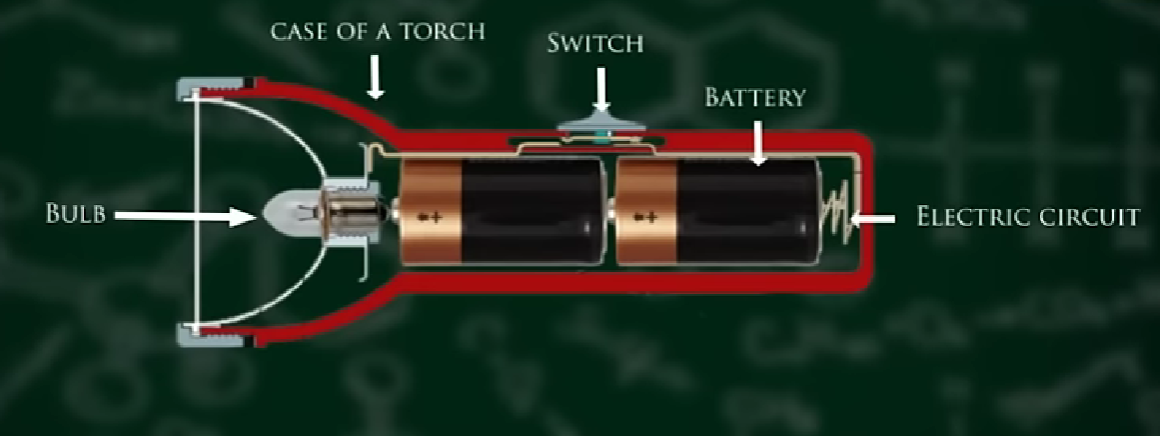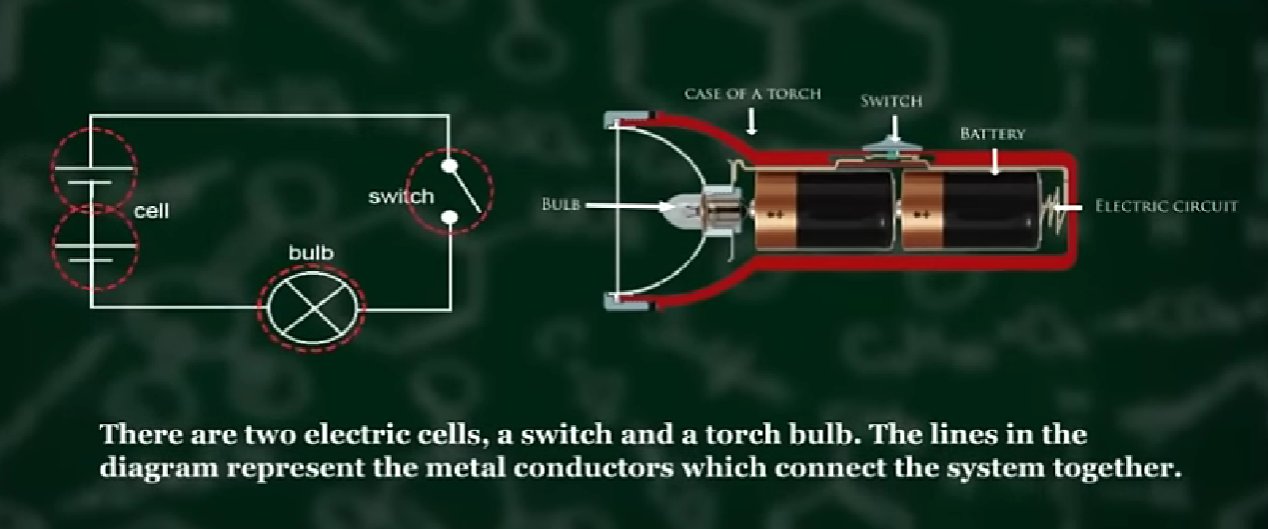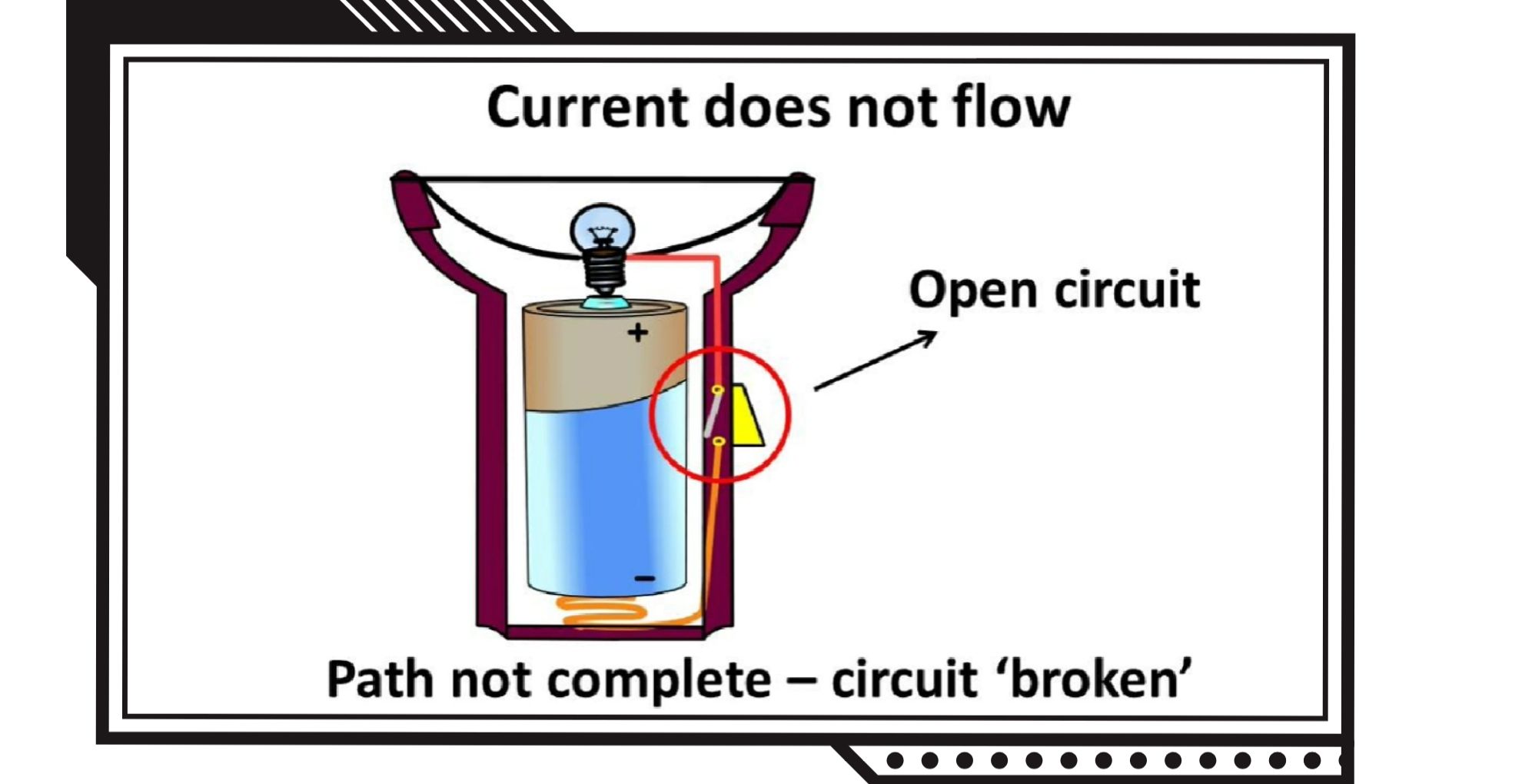The Anatomy of a Torch
Before diving into the inner workings of a torch, let's explore its main components:

Outer Casing/Body
The case or the body part of a flashlight has two main functions: guarding it and holding onto it. Usually, it is made of strong stuff such as aluminium, plastic or steel to protect the inner parts from external elements and drops by mistake. Additionally, the shell is meant to keep a tight grip on it so that one can handle and control it easily.
Torch Bulb
The bulb is responsible for generating light in every flashlight. There are various types of bulbs that can be used in torches, with the incandescent and LED (Light Emitting Diode) bulbs being widely used. Incandescent bulbs work by heating a filament wire up to white-hot, while LEDs generate light through electroluminescence. LED bulbs are usually more efficient regarding energy consumption as well as having a long life compared with incandescent ones.
Reflector
An essential component known as a reflector helps to direct and focus the beam of light. This creates a narrowly focused beam, which intensifies the amount of light coming out from the torch by reflecting and concentrating what comes out of its bulb.
Lens/Cover
Most torches usually have a lens or cover that has two main roles: protection of the bulb from damage as well as diffusing light in a particular manner. Glass and plastic are some of the materials that can make up the lens, while other shapes and surfaces may help to control the direction and intensity of the beam.
Battery Compartment
In order to work, a torch has an integral battery container. The batteries for lighting this lamp are placed in this container. Various types of batteries, for example, alkaline, lithium and rechargeable ones may be used in different torches according to their area of usage and power demands.
Switch
The switch is a very important part that regulates electrical current going from batteries to bulbs. Once you turn on the switch, you complete the circuit, allowing electricity to flow into your flashlight so as to provide light. Similarly, by turning it off, you break the circuit, hence interrupting any electrical movement and resulting in no light being produced by your torch.
How Does a Torch Work Diagram: The Process
Now that we've explored the main components of a torch let's delve into the process of how it works:

Switch Activation
When you turn on the switch, you initiate the process of illuminating the torch. The switch acts as a gate, allowing the flow of electrical current from the batteries to the rest of the circuit.
Creating the Electrical Pathway
The batteries in a torch provide the necessary electrical energy to power the bulb. When the switch is turned on, it completes the circuit, enabling the flow of electrons through conductive materials like metal wires or strips. This electrical pathway connects the batteries to the bulb, allowing the transfer of energy.
Lamp Illumination
As the electrical current reaches the bulb, it triggers the process of light generation. In an incandescent bulb, the current flows through a thin filament wire, causing it to heat up and emit light through the principle of incandescence. In an LED bulb, the current excites the semiconductor material, causing it to release photons and produce light through electroluminescence.
Beam Creation
The light emitted by the bulb is then directed and focused by the reflector, which is strategically positioned behind the bulb. The reflector's parabolic or conical shape reflects and concentrates the light, creating a focused and intense beam. This beam is then projected through the lens or cover, which further shapes and distributes the light in the desired pattern.
Switch Deactivation
To turn off the torch, you simply need to deactivate the switch. This action breaks the electrical circuit, stopping the flow of current to the bulb. As a result, the bulb ceases to emit light, and the torch turns off.
It's important to note that while the basic principles remain the same, different torch models may incorporate additional features or variations in design to enhance performance, efficiency, or functionality.
Different Types of Torches and Their Uses
Torches come in various shapes, sizes, and designs, each catering to specific needs and applications. Olight's range of head torches, designed with input from avid runners and hikers, delivers unparalleled illumination and comfort for hands-free lighting in various outdoor pursuits. Here are some common types of torches and their typical uses:
Tactical Torches
Tactical torches are designed with rugged construction and powerful illumination capabilities, making them ideal for challenging environments. They often feature high-intensity LED bulbs, multiple lighting modes (e.g., strobe, SOS), and durable bodies resistant to impacts and harsh conditions. These torches are favoured by law enforcement, military personnel, and outdoor enthusiasts.
Penlights
Penlights, as the name suggests, are compact and slim torches that resemble pens. Their small size and focused beam make them perfect for precision work, such as close inspection, repair tasks, or reading in low-light conditions. They are commonly used by professionals in various fields, including mechanics, technicians, and medical personnel.
Keyring Torches
Keyring torches are miniature, lightweight torches designed to be easily carried on a keychain or lanyard. Despite their diminutive size, they provide a convenient source of light for everyday tasks, such as finding keyholes or navigating through dark areas. Their portability and affordability make them popular for personal use.
Rechargeable Torches
With a growing emphasis on sustainability, rechargeable torches have gained popularity. These torches are equipped with rechargeable batteries, often lithium-ion or nickel-metal hydride, eliminating the need for disposable batteries. Many rechargeable torches also feature LED or UV LED bulbs, ensuring energy efficiency and long-lasting performance.
Why Are Some Torches Brighter Than Others?
While all torches serve the purpose of providing illumination, some are noticeably brighter than others.
Olight's cutting-edge head torch models leverage advanced LED technology and proprietary optics to achieve industry-leading brightness levels while maintaining an efficient and widespread beam pattern.
Several factors contribute to the varying brightness levels among different torch models:
LED Technology
The advent of LED technology has revolutionised the torch industry, allowing for brighter and more energy-efficient illumination. High-performance LEDs, combined with advanced optics and heat management systems, can produce exceptionally bright and focused beams.
Reflector Design
The reflector's shape, size, and material play a crucial role in determining the torch's brightness. Well-designed reflectors can effectively concentrate and direct the light, resulting in a more intense and focused beam. Additionally, reflectors with highly reflective coatings can further enhance the brightness by minimising light absorption.
Lens Properties
The lens or cover of a torch can also influence its brightness. Lenses made of high-quality materials with anti-reflective coatings can maximise light transmission, resulting in a brighter and more evenly distributed beam.
Power Source
The type and capacity of the power source, typically batteries, can impact the brightness of a torch. Higher-capacity batteries, or those designed for high-drain applications, can provide more power, allowing the bulb or LED to operate at its maximum potential and produce brighter light.
Circuitry and Driver Technology
Advanced circuitry and driver technology play a significant role in regulating and optimising the power delivery to the light source. Sophisticated drivers can precisely control the current flow, ensuring that the bulb or LED operates at its optimal brightness level while preventing overheating or premature burnout.
Heat Management
Proper heat management is crucial for maintaining consistent brightness, especially in high-performance torches. Efficient heat dissipation through heat sinks or cooling fins can prevent overheating, which can otherwise cause the light output to diminish over time.
By considering these factors, manufacturers can design torches that deliver exceptional brightness, meeting the demands of various applications and user preferences.
Technical Specifications of Torches
When choosing a torch, it's essential to understand the technical specifications that define its performance and capabilities. Here are some key specifications to consider:
Light Output
Light output is typically measured in lumens, which quantifies the total amount of visible light emitted by the torch. Higher lumen ratings generally indicate a brighter torch, but it's important to consider other factors like beam pattern and efficiency as well.
Beam Distance
Beam distance, measured in meters or feet, indicates the maximum distance at which the torch can cast a usable beam of light. This specification is particularly important for applications that require long-range visibility, such as outdoor activities, search and rescue operations, or security tasks.
Beam Pattern
The beam pattern refers to the shape and distribution of the light beam. Common beam patterns include:
● Spotlight: A narrow, focused beam for long-range illumination.
● Floodlight: A wide, diffused beam for illuminating a larger area.
● Adjustable beam: Some torches offer the ability to switch between different beam patterns, providing versatility for various tasks.
Run Time
Run time is the duration for which a torch can operate continuously on a single set of batteries or a fully charged battery pack. This specification is influenced by factors such as the battery capacity, power consumption of the bulb or LED, and the torch's brightness settings.





![[Customer Review]The Olight Arkfeld Pro Review by Watson - It's incredible!](https://cdn.olightstore.com.au/image/arkfeld-pro-review-ppp4fh.jpg.jpg@85q.webp)